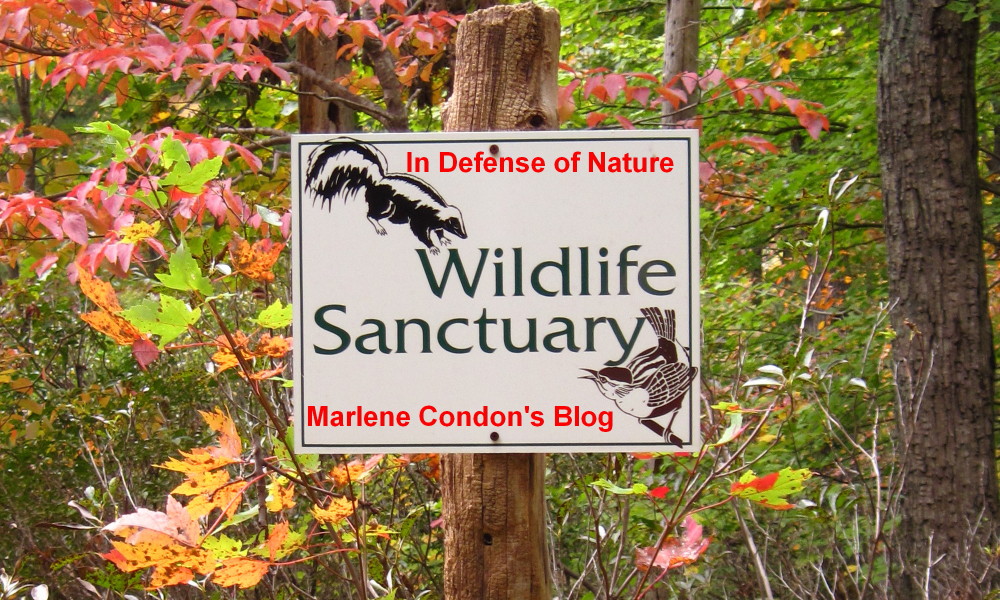You Can’t Save The Chesapeake Bay
 |
| According to the Wines Vines Analytics group, there were 276 wineries in Virginia in 2018. The growth of this agricultural activity coincides with increased pesticide usage, not only because crop monocultures invite problems with insects, but also because this crop is perpetually prone to fungal problems in such a humid climate. |
ALL TEXT AND PHOTOS © Marlene A. Condon
The Washington Post published an edited version of this article online on August 20, 2021 and in print on August 22, 2021.
www.washingtonpost.com/opinions/2021/08/20/do-we-even-care-about-health-chesapeake-bay/
“There never was much hope. Just a fool’s hope...” [The
Return of the King by author J. R. Tolkien]
Close to 50 years after the
Clean Waters Act was passed, the Chesapeake Bay remains on the EPA’s “dirty
waters list”. Obviously, citizens haven’t taken very seriously the mandate “to
restore and maintain the chemical, physical, and biological integrity of the
Nation's waters.”
Why? It’s been my experience
that far too many people don’t believe that humans depend upon a properly
functioning environment for their own lives. Perhaps the main reason for this
disconnect is our ability to obtain food so easily by driving to a grocery
store.
When your nourishment comes
prepackaged, you haven’t got a clue to how vital a properly functioning
environment is to its production. Unfortunately, most farmers and gardeners
nowadays don’t have a clue either. If they did understand the importance of
growing food in agreement with nature, neither would need to employ the
pesticides, and anywhere near the amount of fertilizer, they do. If that
statement sounds far-fetched, it isn’t.
Until rheumatoid arthritis
made my hands much too painful to continue gardening, I grew all my own fruits
and vegetables for decades without using one drop of pesticide. To enrich the
soil, I returned every bit of organic matter from the kitchen that was inedible
(including bones) to the land. And I left in place any dead herbaceous-plant
material to decay where the nutrients borrowed from the soil for plant growth
could be repaid for the benefit of future plants.
The “secret” to growing food
naturally (as mankind has had to do for thousands of years without chemical
fertilizers and pesticides that now run off to the Chesapeake Bay) is to
embrace the dictates of “Mother Nature” instead of the misguided precepts put
forth by garden writers, magazines and books, and university extension offices.
The
horticultural/agricultural industry is based upon studies performed under
artificial conditions, and they are done with the unrealistic expectation that
you should be able to harvest virtually every bit of food that’s grown. Both
situations result in erroneous views of wildlife, which is why horticulturists
and scientists alike view numerous animals as “pests” that need to be
exterminated.
But, when you encounter
difficulties in your gardening/farming pursuits, it’s a sure sign you are doing
something out of sync with the way the natural world works (and must work). In
other words, nature is not out to get you; it’s simply responding to what
you’re doing that’s inappropriate.
Just as you need to obey the
laws set forth by man to maintain civility in society, you must obey the laws of the
natural world, too. Two key mandates are usually overlooked by those wanting to
garden/farm successfully.
· You must include wild areas nearby containing plants
disparaged as “weeds”. Those plants support the insect predators that can keep
your garden/agricultural area in balance so you don’t encounter “pest”
problems. They also feed native pollinators that help your plants to make the
fruits you desire.
· You must avoid growing large areas of only one kind of
crop. Such unnaturally occurring plant monocultures can result in unnaturally high
numbers of plant-feeding insects that can multiply rapidly.
Then, of course, there’s
common sense: You must protect food plants from mammals with similar tastes to
humans. Nowadays, we should accomplish this feat with fencing or some other
kind of barrier around the food patch. Otherwise, you’d need to stay awake as
people did long ago to protect their plants or animals—as mentioned in Luke 2:8
where shepherds guard their flocks of sheep by night.
Instead, our USDA issues
permits to agriculturists to kill wild animals, even though no physical
barriers have been erected around crops or grazing animals, nor guard animals
employed. It’s as if our wildlife is supposed to somehow know man’s endeavors
are off-limits.
You might argue that factory
farming is mandatory with 7.9 billion mouths to feed. However, this point
demonstrates why there never was much hope of cleaning the Chesapeake Bay and
restoring it to good health. Only a fool could believe that an ever-increasing
human population and environmental remediation are compatible.
Space for maintenance of
health is limited (no organism can live well in overcrowded conditions) and is
a requisite for maintaining clean habitat for us and the organisms that work to
keep the environment working properly for our benefit.
Humans could have voluntarily limited the size of their families over the past half century via better family planning, but too many people erringly believed the Bible’s mandate “to go forth and multiply” applied only to mankind.
In other words, humans have blundered by not sharing the planet with wildlife.
NATURE ADVICE:
Someone needs to
start the conversation regarding human-population growth and what it means for
people and the Earth. That someone needs to be every person who understands the
necessity of maintaining a properly functioning environment for human life to
persist.
Talk with your
church leaders because the laws of nature are incontrovertible; we limit our
own numbers or we perish.




